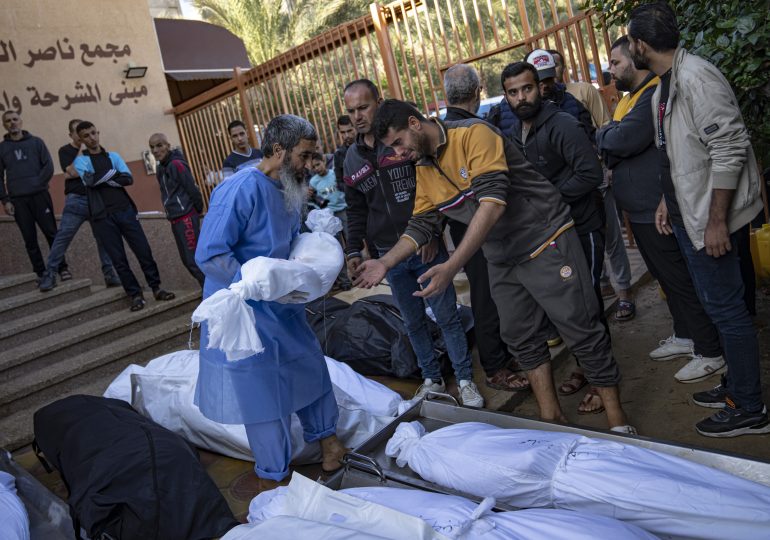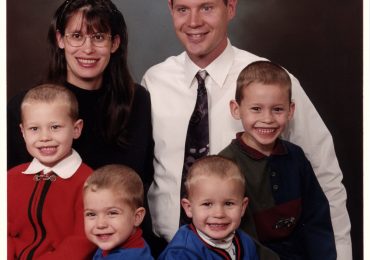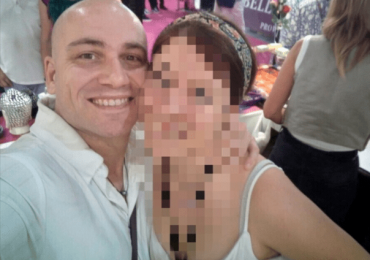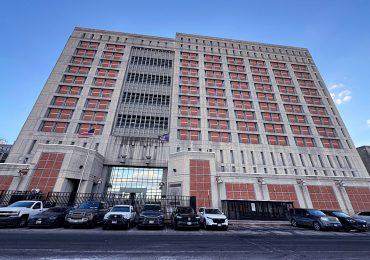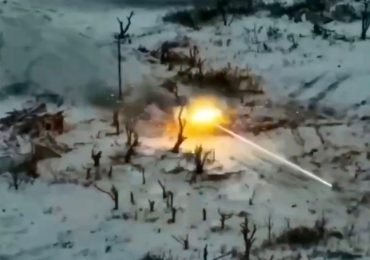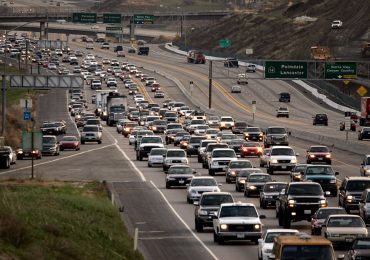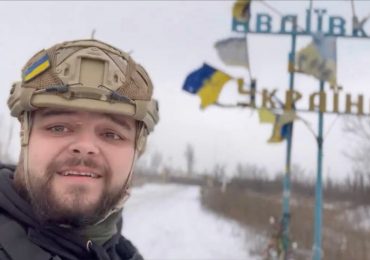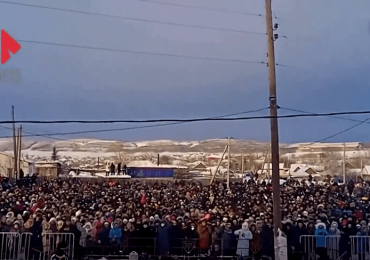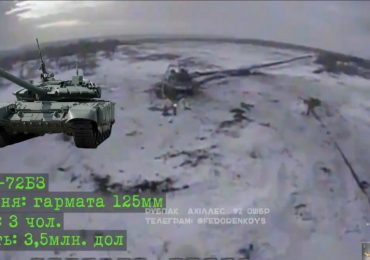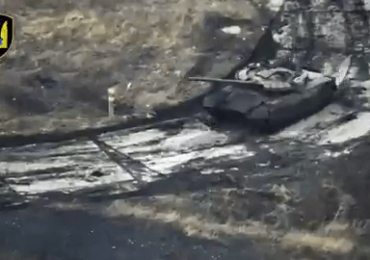KHAN YOUNIS, Gaza Strip — Patients, staff and displaced people departed Gaza’s largest hospital Saturday, health officials said, leaving behind only Israeli forces and a skeleton crew to care for those too sick to move. The exodus came the day internet and phone service was restored to the Gaza Strip, ending a telecommunications outage that forced the United Nations to shut down critical aid deliveries.
[time-brightcove not-tgx=”true”]
Dozens of people were killed in the urban Jabaliya refugee camp when what witnesses described as an Israeli airstrike hit a crowded U.N. shelter in the main combat zone of northern Gaza. It caused massive destruction in the camp’s Fakhoura school, said Ahmed Radwan and Yassin Sharif.
“The scenes were horrifying. Corpses of women and children were on the ground. Others were screaming for help,” Radwan said by phone. Associated Press’ photos from a local hospital showed more than 20 bodies wrapped in bloodstained sheets.
The Israeli military, which had warned Jabaliya residents and others in a social media post in Arabic to leave, had no immediate comment on the strike and said only that its troops were active in the Jabaliya area “with the aim of hitting terrorists.” It rarely comments on individual strikes, saying only that it targets Hamas while trying to minimize harm to civilians.
“Receiving horrifying images & footage of scores of people killed and injured in another UNRWA school sheltering thousands of displaced in the north of the Gaza Strip. These attacks cannot become commonplace, they must stop. A humanitarian ceasefire cannot wait any longer,” Philippe Lazzarini, the commissioner general of the U.N. agency for Palestinian refugees, or UNRWA, said on X, formerly Twitter.
Attacks also continued in southern Gaza. An Israeli airstrike hit a residential building on the outskirts of the town of Khan Younis, killing at least 26 Palestinians, according to a doctor at the hospital where the bodies were taken.
Israel’s military has been searching Shifa Hospital for traces of a Hamas command center that it alleges was located under the building — a claim Hamas and the hospital staff deny — and urging the several thousand people still there to leave.
On Saturday, the military said it had been asked by the hospital’s director to help those who would like to leave do so by a secure route. The military said it did not order any evacuation, and that medical personnel were being allowed to remain in the hospital to support patients who cannot be moved.
But Medhat Abbas, a spokesman for the Health Ministry in Hamas-controlled Gaza, said the military had ordered the facility cleared, giving the hospital an hour to get people out.
After it appeared the evacuation was mostly complete, Dr. Ahmed Mokhallalati, a Shifa physician, said on social media that some 120 patients remained who were unable to leave, including some in intensive care and premature babies, and that he and five other doctors were staying to care for them.
It was not immediately clear where those who left the hospital had gone, with 25 of Gaza’s hospitals non-functional due to lack of fuel, damage and other problems and the other 11 only partially operational, according to the World Health Organization.
Israel has said hospitals in northern Gaza were a key target of its ground offensive aimed at crushing Hamas, claiming they were used as militant command centers and weapons depots, which both Hamas and medical staff deny.
Israeli troops have encircled or entered several hospitals, while others stopped functioning because of dwindling supplies and loss of electricity.
The war, now in its seventh week, was triggered by Hamas’ Oct. 7 attack in southern Israel, in which militants killed about 1,200 people, mostly civilians, and abducted some 240 men, women and children. Fifty-two soldiers have been killed since the Israeli offensive began.
More than 11,500 Palestinians have been killed in the war, according to Palestinian health authorities. Another 2,700 have been reported missing, believed buried under rubble. The count does not differentiate between civilians and combatants, but more than two-thirds of those killed were women and children; Israel says it has killed thousands of militants.
After the war, “there’ll be no Arab troops going to Gaza. None. We’re not going to be seen as the enemy,” Jordan’s foreign minister, Ayman Safadi, told a conference in Bahrain organized by the International Institute for Strategic Studies. “How could anybody talk about the future of Gaza when we do not know what kind of Gaza will be left once this aggression ends?”
Gaza’s main power plant shut down early in the war, and Israel has cut off electricity. That makes fuel necessary to power the generators needed to run the telecommunications network, water treatment plants, sanitation facilities, hospitals and other critical infrastructure.
Juliette Touma, spokeswoman for the agency for Palestinian refugees, said 120,000 liters (31,700 gallons) of fuel arrived , meant to last for two days, after Israel agreed Friday to allow in that amount for the U.N.’s use. It is also allowing another 10,000 liters (2,642 gallons) to keep the telecommunications systems running.
The U.N. has warned that Gaza’s 2.3 million people are running critically short of food and water, and said the amount of fuel being provided is only half of the daily minimum requirement. It was not immediately clear when UNRWA would resume the delivery of aid that was put on hold Friday.
Gaza has received only 10% of its required food supplies each day in shipments from Egypt, according to the U.N., and the water system shutdown has left most of the population drinking contaminated water, causing an outbreak of disease. Dehydration and malnutrition are growing, with nearly all residents in need of food, according to the U.N.’s World Food Program.
In Jerusalem, thousands of marchers — including families of more than 50 hostages — were arriving on the last leg of a five-day trek from Tel Aviv calling on the government to do more to rescue some 240 hostages held by Hamas. Many are furious with the government for refusing to tell them more about what is being done to rescue them.
Israel has signaled plans to expand its offensive south, where most of Gaza’s population is now sheltering, including hundreds of thousands of people who heeded Israel’s calls to evacuate Gaza City and the north ahead of its ground offensive.
People continued to move south. Some recovered bodies of strangers along the way. “I found these young men inside the car. The car was destroyed,” said Moemen Abu Erban, one man on the move. The bodies had been placed on a horse cart and covered with blankets. “Frankly, it is a difficult thing. There is complete destruction.”
Elsewhere, the Israeli military said its aircraft struck what it described as a hideout for militants in the urban refugee camp of Balata in the occupied West Bank. The Palestinian Red Crescent ambulance service said five Palestinians were killed.
The deaths raised to 212 the number of Palestinians killed in West Bank violence since the war began, making it the deadliest period in the territory since the second Palestinian uprising in the early 2000s.
Leave a comment
